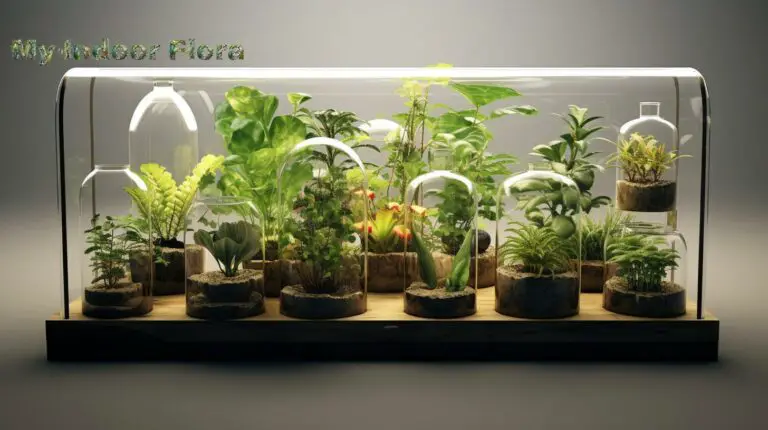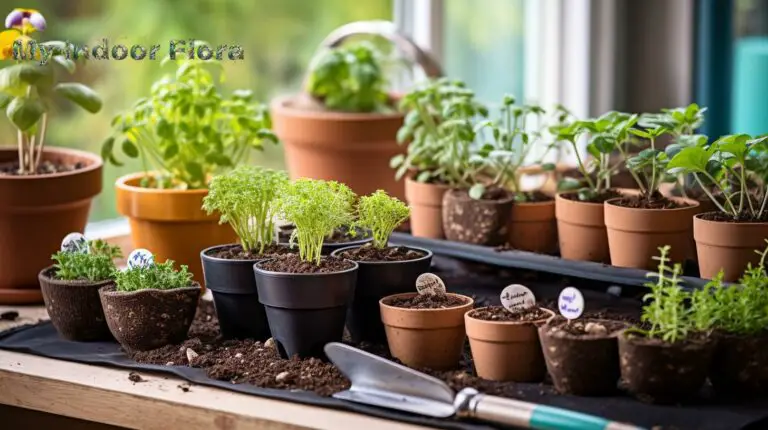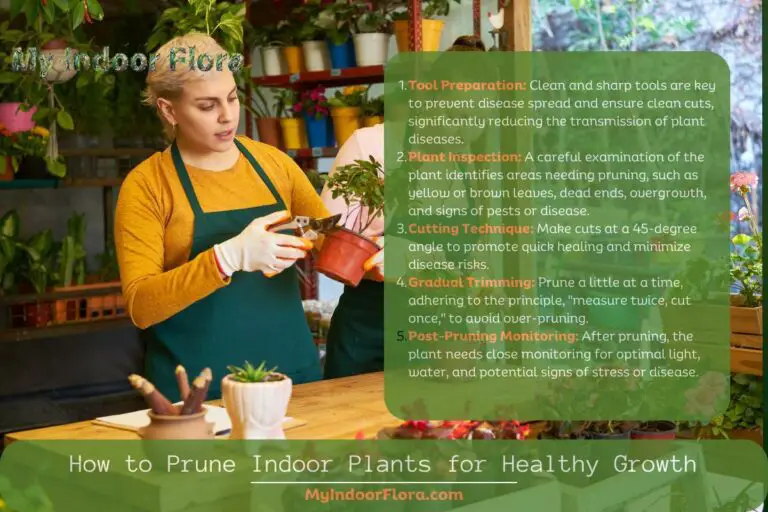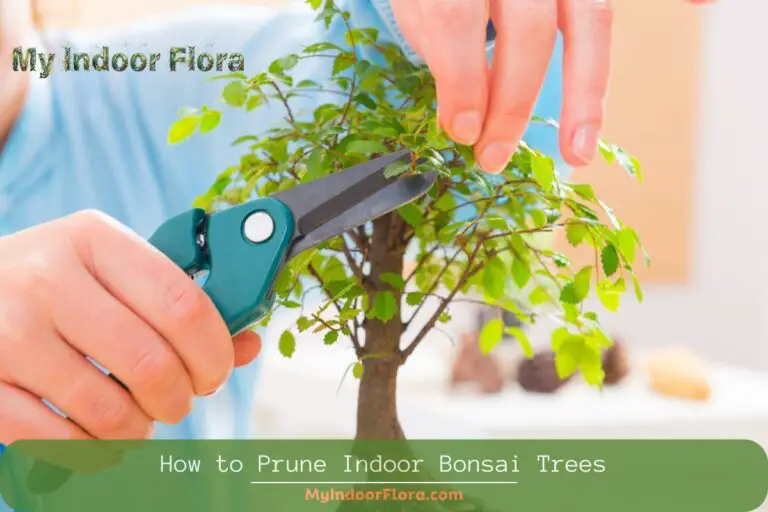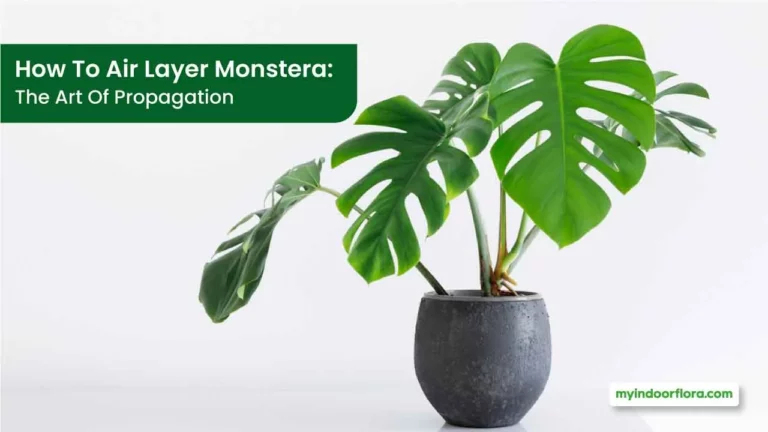Indoor plant enthusiasts know that mastering the art of propagation and understanding proper growing techniques is essential for a thriving indoor garden. In this comprehensive guide, we’ll delve into the four key subcategories that encompass these skills: Propagation Techniques, Seed Starting, Hydroponics, and Pruning and Trimming.
Propagation Techniques for Indoor Plants
There’s more than one way to propagate indoor plants, and each technique offers unique benefits. Here, we’ll discuss the most popular methods, including:
Stem Cuttings:
Stem cuttings are a popular method for propagating plants with non-woody stems. Follow these simple steps:
- Cut a healthy stem segment.
- Remove lower leaves.
- Dip the cut end in rooting hormone (optional).
- Plant the cutting in moist soil or water.
Leaf Cuttings:
Leaf cuttings work well for plants with fleshy leaves. To propagate using this method:
- Detach a healthy leaf with its petiole (leaf stem).
- Place the leaf on top of moist soil or insert the petiole into the soil.
- Keep the soil moist, and new plantlets will emerge.
Division:
Division is an ideal method for plants with multiple stems emerging from a single root system, such as clump-forming plants. Divide the plant by:
- Gently removing it from the pot.
- Separating the root ball into smaller sections.
- Replanting the divisions into new pots.
Layering:
Layering works best for plants with long, flexible stems. Follow these steps:
- Choose a healthy stem near the base of the plant.
- Make a small cut in the stem.
- Bend the stem down to the soil, keeping the cut portion touching the soil.
- Secure the stem with a U-shaped pin or small rock.
- Wait for roots to develop, then sever the stem from the parent plant and repot.
Air Layering:
Air layering is a variation of layering for plants with thick, woody stems:
- Make a diagonal cut halfway through the stem.
- Insert a toothpick or small stick to keep the cut open.
- Wrap the cut area with moist sphagnum moss.
- Cover the moss with plastic wrap and secure it with tape.
- Once roots form, cut the stem below the rooted area and repot.
Grafting:
Grafting joins two plants together, combining the desirable traits of both:
- Select two compatible plants.
- Make a clean, diagonal cut on the rootstock plant (the one providing the root system).
- Make a corresponding cut on the scion plant (the one providing the top growth).
- Join the two cut surfaces together and secure them with grafting tape.
- Keep the grafted plants in a warm, humid environment until the graft heals.
Seed Starting for Indoor Plants
Starting plants from seeds allows you to grow a wide variety of species. Here’s what you need to know:
Choosing the Right Seeds
Select high-quality seeds from a reputable source. Check the seed packet for information on the plant’s specific requirements.
Seed Germination Requirements
Some seeds need special treatment before sowing, such as stratification (cold treatment) or scarification (scratching or nicking the seed coat).
Seed Sowing Techniques
Sow seeds in a sterile seed-starting mix, following the recommended depth and spacing. Keep the mix evenly moist and provide adequate light and warmth.
Transplanting Seedlings
Once seedlings have developed true leaves, transplant them into larger containers. Handle seedlings gently to avoid damaging their delicate roots.
Growing Plants in Water (Hydroponics)
Hydroponics is a soilless growing method that offers many benefits for indoor gardeners. In this section, we’ll explore:
Advantages of Hydroponics
Hydroponic systems are known for their efficiency, faster growth rates, and reduced pest and disease problems.
Types of Hydroponic Systems
There are several hydroponic systems to choose from, including nutrient film technique (NFT), deep water culture (DWC), aeroponics, and drip systems.
Choosing the Right Hydroponic System
Consider factors such as space, budget, and the types of plants you wish to grow when selecting a hydroponic system.
Nutrient Solutions for Hydroponic Systems
Provide your plants with essential nutrients by using a balanced, water-soluble fertilizer designed for hydroponic systems.
Monitoring and Maintaining Your Hydroponic System
Regularly check and adjust factors such as pH, nutrient concentration, and water temperature to ensure optimal growing conditions.
Pruning and Trimming Indoor Plants
Proper pruning and trimming is crucial for maintaining plant health and promoting growth. In this section, we’ll discuss:
Benefits of Pruning and Trimming
Pruning and trimming can improve plant appearance, encourage branching, and remove dead, damaged, or diseased plant tissue.
When to Prune and Trim
The best time to prune and trim indoor plants depends on the plant species and its specific growth habits. Always use sharp, clean tools to avoid damaging your plants.
Pruning Techniques
Understand the different pruning techniques, such as pinching, thinning, and heading back, to achieve the desired plant shape and size.
Trimming Overgrown Roots
Root trimming can help rejuvenate root-bound plants, improve nutrient uptake, and encourage healthy root development.
Conclusion
A thriving indoor garden requires a solid foundation in propagation techniques, growing tips, and proper plant care. By understanding the ins and outs of these topics, you’ll be well on your way to creating the lush, vibrant indoor oasis of your dreams.

